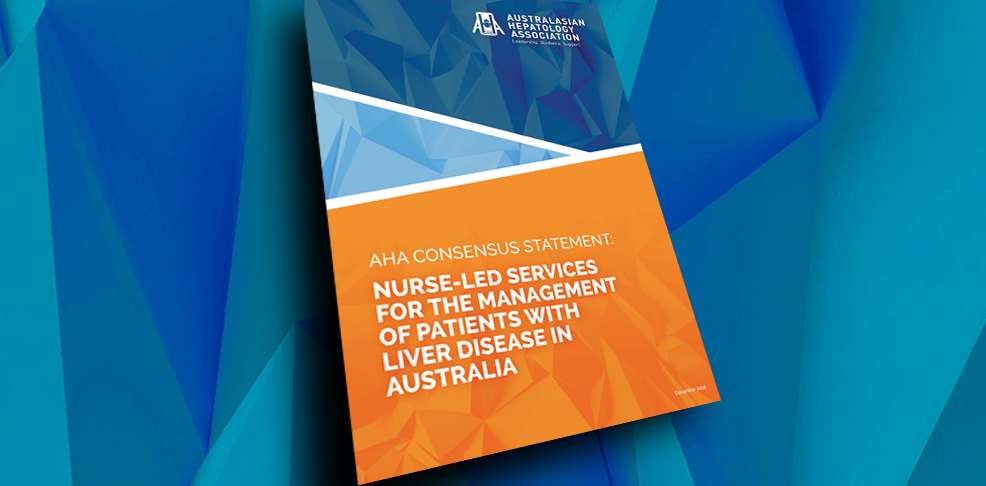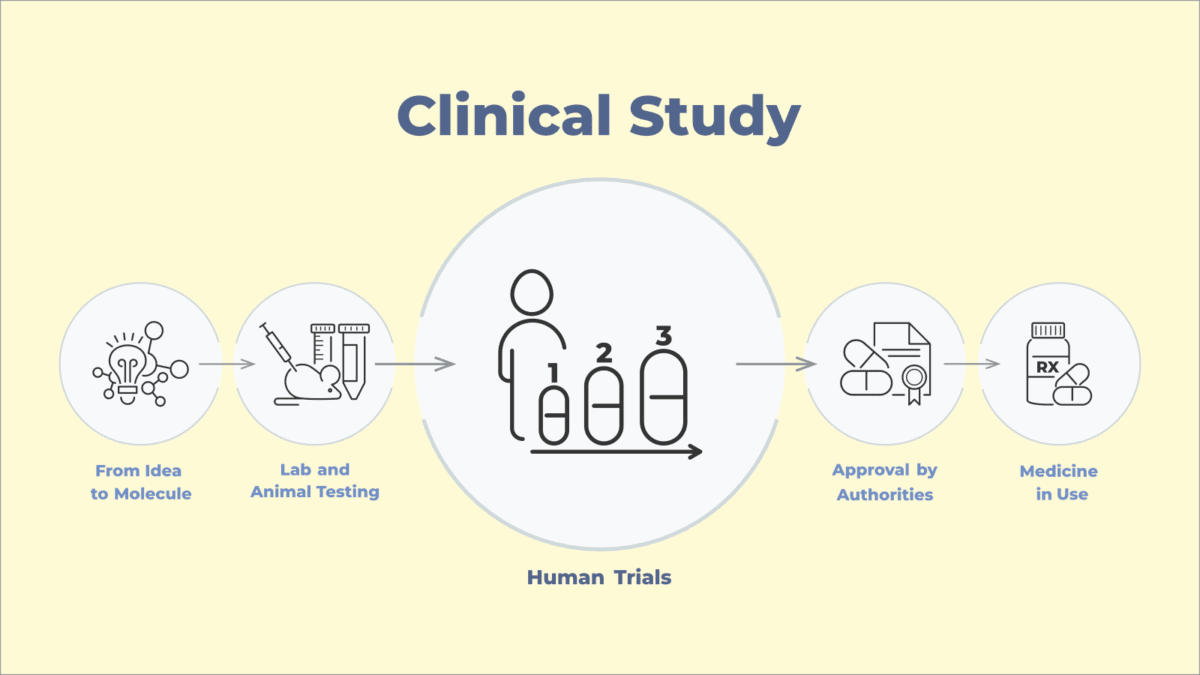The development of direct-acting antiviral (DAA) treatments has revolutionised the treatment of hepatitis C in Australia. DAAs are effective and, when patients follow the medication regime, can cure more than 90% of those who take the treatment. But at the moment there are limited resources to inform and guide health professionals as they try to provide adherence support to those undergoing DAA treatment.
Medication adherence refers to the way an individual takes a medication, including the use of the correct medication, the correct dose and time, duration and timely refilling of repeat prescriptions.
In February this year, as the first wave of DAAs were about to be made available under Medicare, the Australasian Hepatology Association (AHA) convened an expert panel to look at this problem. This panel—six hepatology nurses, a hepatologist, a pharmacist, a consumer with experience of both hep C and DAAs, and a representative from peak body Hepatitis Australia—discussed a number of significant issues, including things that either help or get in the way of people adhering to the DAA treatment regime, interventions which might improve adherence, and special populations which might require extra support.
Hepatology nurses played a central part in the development of these guidelines because they are central to the work being done with patients: helping people get onto treatment in the first place , dealing with their concerns and questions on a daily basis, and following up and monitoring their status throughout the treatment process and beyond.
…processes must be individualised for each patient, to give them the best chance of succeeding with their treatment… what works for one patient may well not work for another
Twenty-four consensus guidelines emerged from the panel’s discussion and from consultation with various AHA members and other stakeholders in the middle of the year. These guidelines focus on:
- pre-treatment assessment and education of patients, as well as their family members,
- good assessment of treatment readiness, including lifestyle factors and other health issues which might affect the process, and
- monitoring medication adherence.
Each of these three processes must be individualised for each patient, to give them the best chance of succeeding with their treatment.
The guidelines promote a patient-centred approach (meaning an approach that is respectful of, and responsive to, the preferences, needs and values of patients and consumers: what works for one patient may well not work for another), and highlights that all patients are at risk of medication non-adherence: adherence diminishes with longer treatment courses, and older patients with other medical conditions are often more likely to have trouble maintaining the treatment regime.
Recommended strategies to support DAA adherence include:
- identifying memory hooks and triggers to help people on treatment take their medication at the correct times,
- linguistic advice for health professionals so that they can discuss adherence with their patients in a non-confrontational and non-judgmental way, and
- tools to measure and support adherence.
The final guidelines, the Australasian Hepatology Association Consensus Guidelines for the Provision of Adherence Support to People with Hepatitis C taking Direct Acting Antivirals, were launched at the 10th Australasian Viral Hepatitis Conference on Friday 30 September 2016. You can download them here or visit the AHA publications page for more.
Last updated 24 May 2024
More from:
Enjoyed this article? Subscribe to be notified whenever we publish new stories.
Subscribe for Updates





